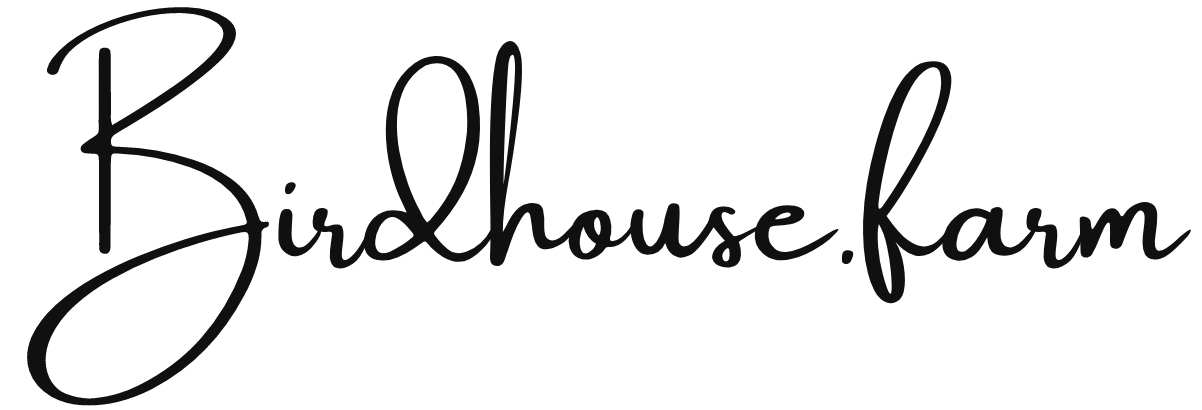Listening to Bugs? How Farmers Are Using Sound to Outsmart Pesky Pests!
Ever thought of tuning into a cornfield concert? Well, Emily Bick, an entomologist from the University of Wisconsin-Madison, is doing just that—except instead of guitars and drums, her star performers are tiny pests, and her instrument of choice is the Insect Eavesdropper!
Picture this: a sunny June morning in Wisconsin, Bick and her team are out in the cornfields setting up microphones, but they aren’t catching the breeze—they’re catching the sounds of insects munching on crops. Yes, you read that right! Bick and her team are literally listening to bugs as they snack on corn roots, trying to identify pesky pests before they ruin entire fields. Their biggest enemy? The infamous corn rootworm, a.k.a. the “billion dollar bug”, which chomps away at corn roots, weakening the plant and causing serious damage.
So, how does it work? The Insect Eavesdropper is a genius little device that uses a contact microphone (similar to what musicians use on acoustic guitars) to pick up the unique vibrations that insects create while feeding. It's like turning the corn plant into a musical instrument, detecting even the tiniest bug bites! Bick’s favorite insect sound? Aphids—these sugar-sipping pests sound like someone slurping the last bit of a milkshake through a straw!
Why all the bug-listening? Because this innovative method can help farmers spot pests early and only use pesticides when absolutely necessary—saving crops, money, and the environment. Plus, with climate change allowing pests to spread further, fast detection is becoming more critical than ever.
The cool part? Bick’s team is still refining their tech, but it’s already up to 96% accurate in detecting bugs through their munching sounds. In just a couple of years, farmers could have the Insect Eavesdropper in their toolkit, making pest control way smarter—and way more musical!
Who knew battling pests could sound this fun?
Read more: “How listening to the sounds of insects can help detect agricultural pests.” By Lina Tran, Jessica Yung, Emily Kwong, Rebecca Ramirez (August 30,2024)


